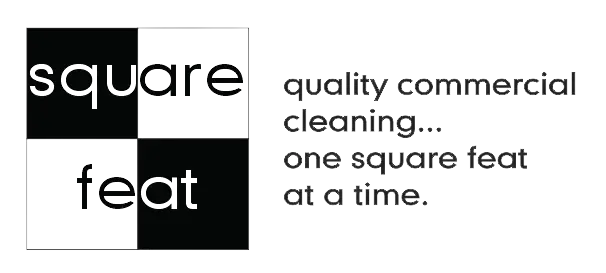There’s nothing more embarrassing than having customers or guests complain about a restroom odor. Even using an aerosol spray odor eliminator doesn’t seem to work. They may help for a few minutes until the stink creeps right back. Read on to learn about proper restroom cleaning procedures to finally put an end to the overpowering smell. In this guide, we’ll discuss the main causes of restroom odors and how to eliminate them with proper restroom cleaning procedures. Also, cleaning supplies that work best for bathroom odors, and how to use them.
Some Main Causes of Restroom Odors
Finding the source of the odor is the first step to getting rid of it. Here are two of the most common causes of restroom odors that will not go away.
Bacteria
Bacteria comes from urine that gets left behind or otherwise missed in the cleaning routine. Urine can be present on or around urinals, toilets, and floors. Bacteria can grow due to the high moisture and humidity present in restrooms.
The more bacteria that grow, the worse the odor will become. Until you destroy the bacteria, the odor will remain present.
Sewer Gas
Another cause of restroom odor is sewer gas. Sewer gas escapes from a restroom floor drain that is “dried out”, meaning there is no water inside the trap. Once the drain trap is no longer full of water, it gives gas a pathway to escape from the sewer lines into the restroom, causing a terrible odor.
Procedures to Combat These Odors
One wouldn’t think getting rid of bad smells in a restroom would be so complicated, but it can be. That’s why the odor eliminator being used sometimes doesn’t work.
Here is how you can prevent and combat restroom odors.
Seal Floors and Grout
Most commercial restroom floors are finished with a flooring material that is porous or has some porosity. These include Vinyl Commercial Tile (VCT), concrete, or grouted ceramic tile.
As long as the pores of these floors are properly sealed, spills and urine can be effectively cleaned from the surface of the floors. Without a protective finish, however, spills penetrate the pores of the floors, and cleaning becomes more difficult.
Concrete and grout sealers should be applied upon installation and reapplied every one to two years depending on traffic and use. VCT floors should also be sealed and finished upon installation and refinished annually or top coated up every 3 to 6 months, again depending on traffic.
In addition to the floors, the caulking around urinals and toilets should be checked to insure a proper seal around the base and edge of these fixtures. If not properly caulked, spills and urine creep under or around the base of fixtures. When this happens, cleaning becomes difficult.
Keep Floor Drain Traps Full
Make sure to keep floor drain traps full to prevent sewer gas encroachment into the restroom through the floor drain. If they are not already doing this, have your cleaning crews pour water or enzymes down the drain occasionally to keep the drain trap full and to help prevent them from drying out.
Regular Disinfecting
To stop the growth of bacteria be sure to disinfect fixtures, floors, counter tops and other touch points of the restroom daily. Bacteria grows at a rapid pace and can easily get out of control.
Disinfectants need a dwell time of at least 10 minutes to settle into the surface. Make sure your cleaning crew is using a cleaning routine to allow for proper dwell time to allow the disinfectant to do its work.
When the bacteria are destroyed, and floor drains are properly filled and monitored, the restroom odor will be gone. Now just be sure to take preventative measures so odors won’t come back.
Use Proper Chemicals
For restroom cleaning, use a chemical that will kill the bacteria that could be present on the fixtures and floors. Quaternary (Quat cleaner) is one of the most effective disinfectants for hospitals and institutional use because of its ability to kill a broad spectrum of bacteria, fungus, and viruses. Quaternary cleaners are also neutral on the pH scale. The main downside to regular everyday use of Quat cleaners is the tendency to leave sticky residue on floors.
Unless cleaning is in a hospital or institutional setting, an exceptional green alternative is a hydrogen peroxide-based neutral pH disinfectant cleaner.
Bleach also works well as a disinfectant, but professionals generally don’t recommend it for health and safety reasons. First, it is alkaline (pH of around 12) which can act as a “stripper” on water-based floor finishes and sealers. Mopping floors with a bleach solution strips the protective sealer, exposing the pores of the floors and grout. This will make the floors and grout susceptible to staining and bacteria growth in the pores. In addition, Chlorine bleach has toxic fumes which can compromise indoor air quality. Also, if you mix bleach with an acid, it can generate toxic and lethal Chlorine gas. Even though improper mixing of chemicals should never happen, if it did occur, the Chlorine gas generated from this toxic cocktail can cause acute damage to the upper and lower respiratory tract.
A General Guide for Daily Restroom Cleaning Procedures
For the most effective odor eliminator and odor prevention, you need to have a daily restroom cleaning routine. Bacteria grows rapidly and needs to be killed every day or it can easily become a stinky problem.
Proper Restroom Cleaning Procedures – step by step
- Clear and flush all toilets and urinals
- Add cleaning solution to all toilets and urinals
- Refill dispensers
- Dust top to bottom and sweep floors
- Spray and wipe all sinks, mirrors, brightwork, doors, receptacles, and dispensers with disinfectant
- Check for and clean any hard water deposits on sinks, chrome, and brightwork. Remove with soft brush and mild acid
- Scrub urinals and toilets
- Clean hard water deposits from toilets and urinals with acid cleaner
- Mop floors using disinfectant solution and two-sided mop bucket
- Fill floor drain if present
Take Proper Safety Precautions
Cleaning chemicals may be hazardous, which is why OSHA makes it mandatory to have MSDS sheets on location and to properly label chemical bottles. Use personal protective equipment when cleaning restrooms which includes gloves, goggles, MSDS sheets, and proper chemical mixing. To keep both the cleaners and the people using the restroom safe, it’s important to only use cleaning supplies for their intended use.
Don’t use chemicals designed only for the inside of a urinal or toilet inside the sinks or on the walls. Acid cleaners that are safe for porcelain fixtures can damage chrome and enamel on sinks. Never mix chemicals and avoid the use of bleach for regular disinfecting.
Also, be sure to wear the correct protection over your mouth, nose, and hands to protect you from the hazardous chemicals you’re working with.
Use wet floor signs outside the bathroom and block the entrance off with signage or cart so no one goes in while someone is cleaning it.
For All Odor Eliminator Needs
The best odor eliminator is a great cleaning crew that knows exactly what they’re doing.
Square Feat is a full-service janitorial company offering a full array of cleaning services for offices, schools, medical facilities and other types of commercial facilities. Not only do we service restrooms, but we also provide floor care, carpet cleaning, and other specialized services.
For more information on our cleaning services and to find out how to book our cleaning crew, please contact us today.



